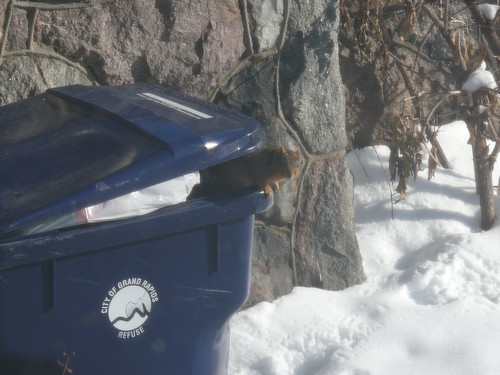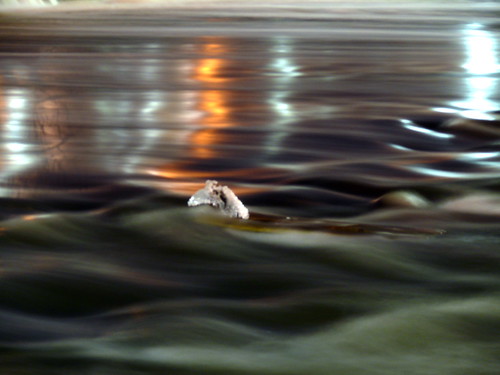The Grand Rapids Police Department has just launched a new Crime Map. It is very well done, easy to use, and has more detailed and current information than I could ever hope to use in my own map. And, unlike their previous crime map, it doesn’t crash my browser when I try to use it.
I guess my work here is done.
Since I launched my map, back in 2005, I have pulled all of the incidents therein from the local news. News being what it is, only the incidents which were newsworthy made it into my map – mostly violent crime. Happenings which were out of the ordinary. As the data increased over the years it became obvious that, while it is good to know where these incidents tend to occur, it really isn’t all that useful in day-to-day life. Simply put, if something makes it into the news, it is because it is something which doesn’t happen very often.
Consider: I live in a neighborhood for years. One day one of my neighbors goes crazy and shoots his wife. For the next twenty years, nothing news-worthy happens on my street. Yet, because of that one incident, which was very much an outlier event, now my block has the reputation of being the kind of place where people get shot. Adding this incident to a map provides inaccurate information in two ways:
1. It is highly unlikely that anyone will ever repeat that crime on this block again, and
2. This was not a natural consequence of living in a crime-ridden neighborhood.
It is not the newsworthy crimes which define the livability and safety of a neighborhood – it is the mundane, happens-to-everyone incidents, like getting the radio stolen from your car, graffiti, drunken fights during a college party, drug deals, or getting mugged. The incidents which, in a city, tend to become indistinguishable from the background noise until it happens to you.
I created my map as a response to having the radio stolen from my car twice, in two different neighborhoods, two years apart. Yet incidents like that never make the local news. Which neighborhood would you rather live in – the one where someone was one killed in a fit of domestic rage, or the one where people get bikes stolen from their back yards on a weekly basis? The first incident is essentially a Black Swan, and could happen anywhere; from the worst ghetto to the most exclusive gated community. The second tends to happen where people are less involved and less invested in their property and community.
So I am going to stop updating my map. I will leave it where it is, along with the story behind it, and my contact information. I am in the process of upgrading the simple content management system behind the map, and will continue to do so until I decide I have done it right, or until someone releases a software package which does everything my system does, only better.
To all of you who have used my map for the past four years, thank you for your kind comments and suggestions. I am happy that I was able to provide this service for so long.
Once again, the new Grand Rapids Police Department Crime Map can be found at http://www.crimemapping.com/map/mi/grandrapids.






